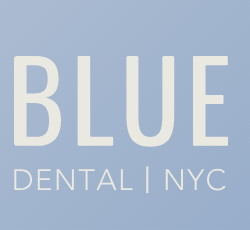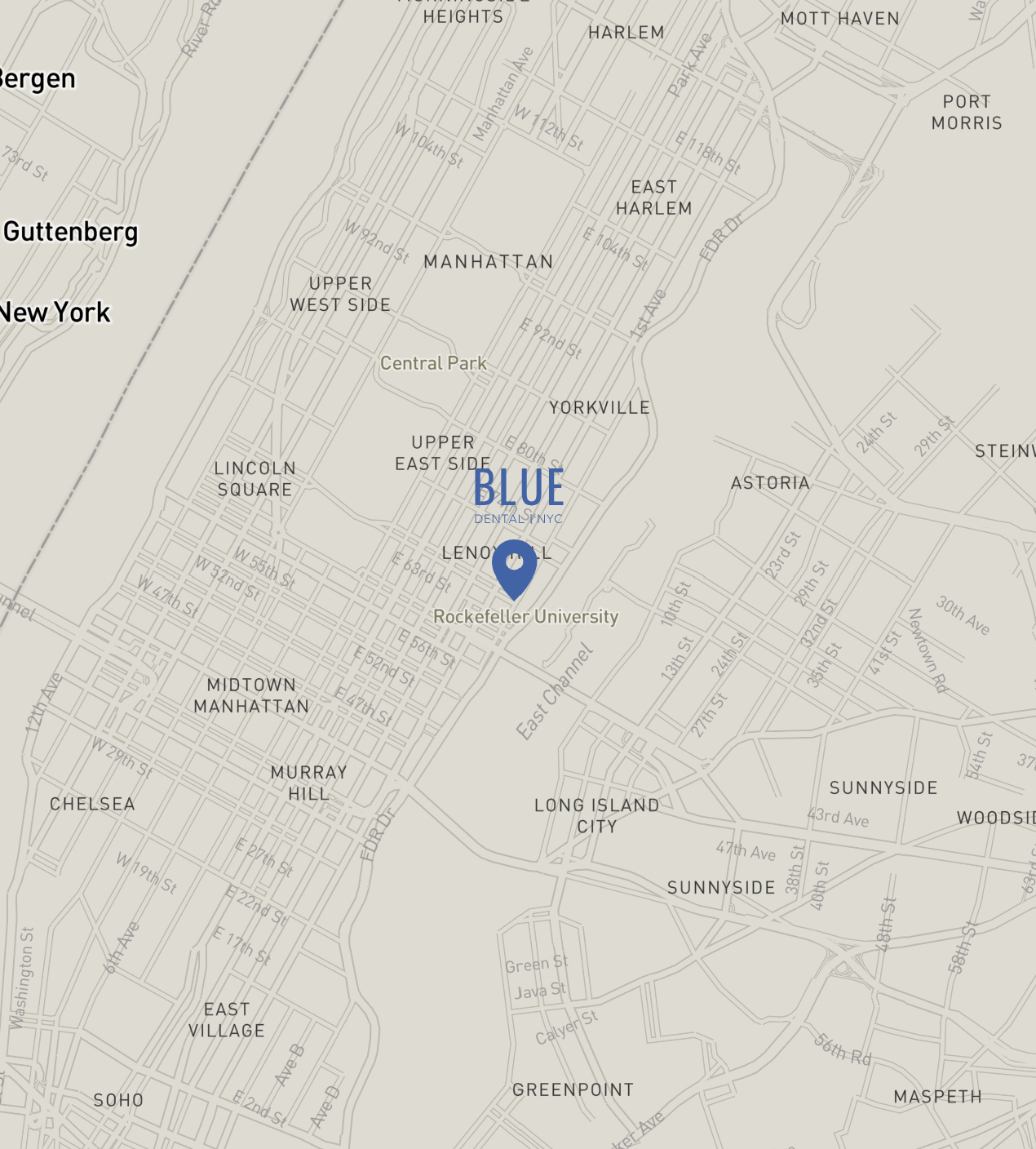Underbite (Class III Bite) on the Upper East Side, Manhattan
Why Choose Dr. Min for Underbite Care
- Columbia-trained prosthodontist focused on function, facial balance, and long-term stability.
- Award-winning precision and military-honed discipline—expect meticulous records, clear plans, and calm communication.
- Team approach with trusted orthodontists and oral/maxillofacial surgeons for complex Class III cases (TADs/miniscrews, orthognathic surgery).
- Digital diagnostics: photos, scans, and low-dose X-rays/CBCT (when indicated) to guide predictable care.
What Is an Underbite?
An underbite (Class III malocclusion) occurs when the lower teeth/jaw sit ahead of the upper. It may be dental (tooth position), skeletal (jaw size/position), or a mix. Correct diagnosis determines whether orthodontics alone—or surgery plus orthodontics—offers the best result.
Why It Happens
- Skeletal growth pattern: underdeveloped upper jaw and/or overgrown lower jaw
- Family/genetic factors
- Childhood habits, airway/tongue posture influences
- Missing/tilted teeth that tip the bite Class III
- Orthodontic relapse without retainers
Signs & Everyday Concerns
- Lower front teeth in front of upper fronts
- Difficulty biting into thin foods (sandwiches, noodles)
- Enamel wear, chipping, or gum recession on incisors
- Jaw/muscle fatigue or headaches; possible TMJ strain
- Profile concerns (concave appearance or flat midface)
- Speech nuances (s, f, v) in some patients
Why Treat an Underbite
- Protects teeth from uneven wear and fractures
- Improves chewing efficiency and speech clarity
- Enhances facial balance and smile esthetics
- Reduces TMJ/muscle overload and future dental costs
Treatment Options We Provide/Coordinate
Orthodontic & Minimally Invasive (Dental Class III or Mild Skeletal)
- Clear aligners or braces with Class III elastics for controlled tooth movements
- TADs (mini-implants) for anchorage when moving teeth against strong bite forces
- Limited expansion/arch development when appropriate
- Retention plan (clear/bonded retainers) to protect results
Surgical (Moderate–Severe Skeletal Class III in Adults)
- Coordinated orthognathic surgery with our partner surgeons (e.g., Le Fort I maxillary advancement and/or bilateral sagittal split osteotomy for the mandible).
- Pre- and post-surgical orthodontics to align teeth precisely; prosthodontic finishing for stable, comfortable occlusion.
Pediatric & Teen Early Intervention
- Rapid palatal expansion (case-dependent) and facemask (reverse-pull) therapy in growing patients to protract the upper jaw.
- Habit/tongue-posture coaching and a strong retainer plan to maintain gains.
Restorative/Esthetic Support (Adjunctive)
- Edge bonding/veneers/onlays to rebuild worn edges after bite correction.
- (Note: Restorations alone cannot correct a true skeletal underbite; they enhance esthetics once the bite is stable.)
The Process at a Glance
1) Exam & Records
Photos, digital scans, bite analysis, and imaging to determine dental vs skeletal components.
2) Custom Plan
Aligners/braces ± elastics/TADs, or combined orthodontic-surgical plan; timelines and phased fees.
3) Active Correction
Regular visits or aligner changes; surgical coordination when indicated; careful occlusion guidance.
4) Finish & Protect
Detailing for smooth contacts; esthetic refinements; retainers delivered with wear schedule.
5) Maintain
Periodic checks; night guard for heavy clenchers if needed.
Timeline & Comfort
- Orthodontic-only: ~6–18 months depending on severity and biology.
- Surgical cases: pre-surgical alignment, surgery, and finishing typically span 9–18+ months.
- Discomfort is usually mild and short-lived after adjustments or aligner changes; surgical comfort is co-managed with the surgeon.
Adults vs. Growing Patients
- Teens: growth guidance and facemask therapy can improve jaw relationships when timed properly.
- Adults: aligners/braces ± TADs can camouflage select mild cases; orthognathic surgery offers the most stable correction for moderate–severe skeletal underbite.
Cost & Insurance
- Transparent, itemized estimates; phased planning available.
- Many PPO plans include orthodontic benefits (strongest for teens; adult coverage varies).
- Surgical cases may combine dental/medical benefits—our team verifies and files claims.
At-Home Care During Treatment
- Brush 2x/day with fluoride toothpaste; floss daily (threaders/water flosser with braces).
- Wear aligners 20–22 hrs/day if chosen; follow elastic instructions carefully.
- Bring retainers to reviews; replace promptly if lost or cracked.
Frequently Asked Questions
Can clear aligners fix an underbite?
Yes—for
dental Class III and some mild skeletal cases, especially with
elastics and, when needed,
TADs. Moderate–severe skeletal cases are best treated with surgery plus orthodontics.
Will surgery change my appearance?
Often it improves facial balance (midface support, lip competence). We review simulations and coordinate with your surgeon for predictable esthetic and functional outcomes.
Will the underbite come back?
Stable results depend on finishing the case well and
wearing retainers. Early intervention in kids and comprehensive correction in adults reduce relapse risk.
About Dr. Daniel Min
BA, University of Texas at Austin
DDS, University of Texas (American Esthetic Dental Association award; “Student of the Year” in clinical performance)
MS in Prosthodontics, Columbia University; former part-time clinical professor
U.S. Army veteran; current Army Reserve officer
Member: Academy of Prosthodontics; International Congress of Oral Implantologists
Service Area
Conveniently located on the Upper East Side and serving patients across Manhattan and the greater New York City area.
Call to Action
Lower teeth ahead of uppers—or difficulty biting into foods?
Book an underbite consultation with Dr. Daniel Min to compare aligners/braces, TADs, and surgical coordination for a stable, confident result.

